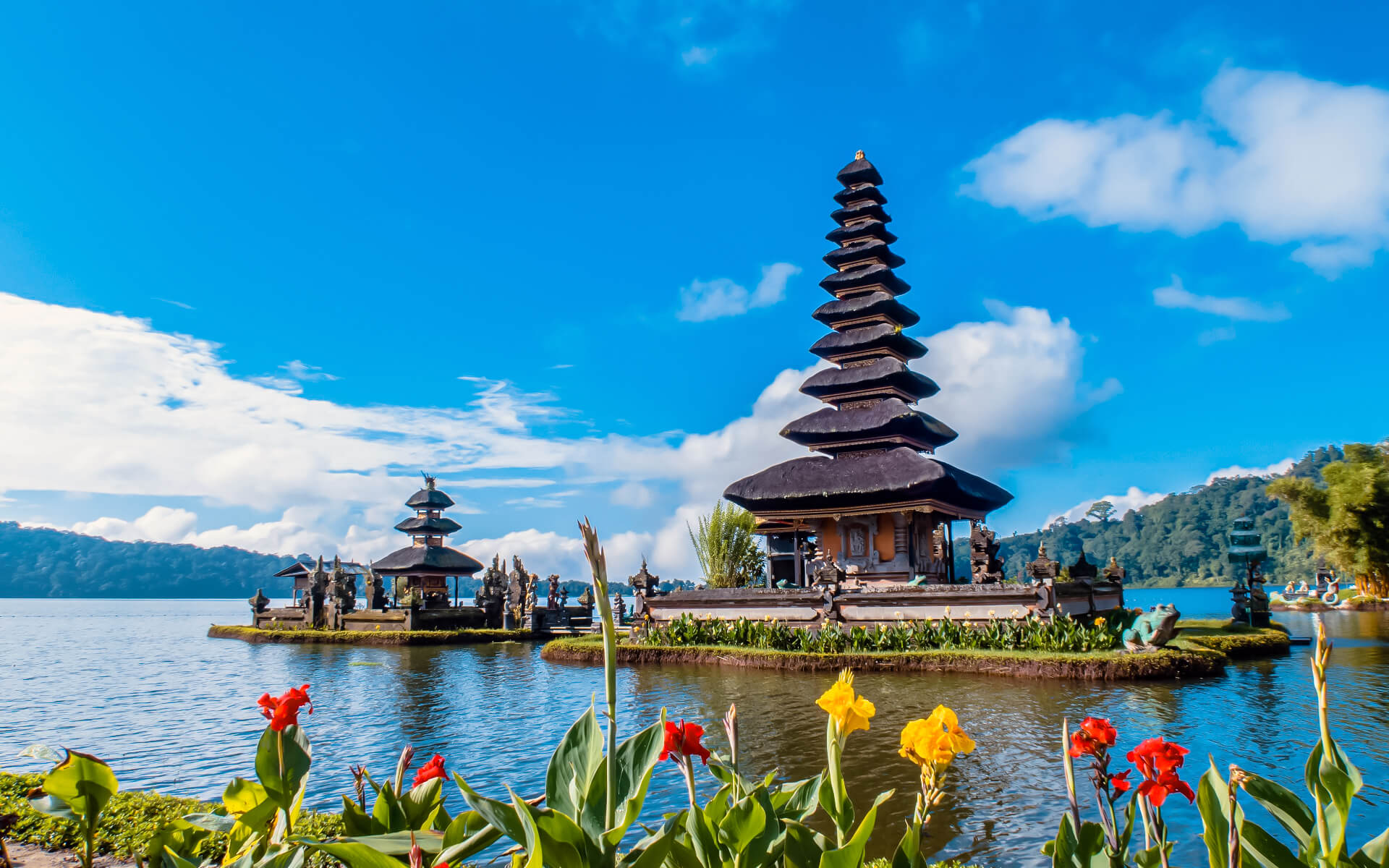The tourist business is mostly concentrated in the south, although it is also substantial in other sections of the island. The main tourist destinations are Kuta (with its beach) and its outer suburbs Legian and Seminyak (which were once independent townships), the east coast town of Sanur (once the only tourist hub), Ubud in the center of the island to the south of the Ngurah Rai International Airport, Jimbaran, and the newer development of Nusa Dua and Pecatu.
In 2008, the US government dropped its travel advisories. On Friday, May 4, 2012, the Australian government issued an advisory. The general level of recommendation was reduced to ‘Exercise extreme care.’ On Sunday, June 10, 2012, the Swedish government issued a fresh warning in response to the death of another tourist as a result of methanol poisoning. Due to fresh terrorism concerns, Australia last issued an advisory on Monday, 5 January 2015.
The rising real estate business is an outgrowth of tourism. In the key tourist destinations of Kuta, Legian, Seminyak, and Oberoi, real estate in Bali has been fast growing. Recently, high-end 5-star developments have been built on the Bukit peninsula on the island’s south side. Million dollar homes with magnificent ocean views are being built along the cliff cliffs of south Bali. Foreign and local (many Jakarta people and businesses are highly active) investment into other sections of the island is also increasing. Despite the global economic crisis, land prices have remained constant.
In the second half of 2008, the Indonesian rupiah fell by nearly 30% against the US dollar, giving many foreign tourists good value for their money. The global economic crisis, which has also impacted the global tourism sector, was expected to reduce visitor numbers by 8% in 2009 (which would be higher than 2007 levels), although not owing to any travel advisories.
Bali’s tourist business survived the terrorist bombs of 2002 and 2005, and the industry has steadily rebuilt and exceeded pre-bombing levels; the long-term trend has been a steady growth in visitor numbers. Bali welcomed 2.57 million international tourists in 2010, above the aim of 2.0–2.3 million visitors. The average occupancy of starred hotels reached 65 percent, indicating that the island can still accommodate guests for many years without the installation of additional rooms/hotels, even though some of them are completely occupied during peak season.
According to a 2011 BBC Travel article, Bali is one of the World’s Best Islands, placing second only to Santorini, Greece.
The film Eat Pray Love was released in theaters in August 2010. Elizabeth Gilbert’s best-selling novel Eat, Pray, Love served as the inspiration for the film. It took place at Ubud and Padang-Padang Beach on the island of Bali. The 2006 book, which spent 57 weeks at the top of the New York Times nonfiction paperback best-seller list, had already fueled a boom in Eat, Pray, Love-related tourism in Ubud, the hill town and cultural and tourist center that was the focus of Gilbert’s quest for balance through traditional spirituality and healing that leads to love.
Following the death of music legend David Bowie in January 2016, it was reported that in his will, Bowie requested that his ashes be dispersed in Bali in accordance with Buddhist rites. Early in his career, he toured and performed in a number of Southeast Asian cities, including Bangkok and Singapore.
Since 2011, China has surpassed Japan as the second-largest source of visitors to Bali, with Australia remaining at the top of the list. Due to the influence of ACFTA and new direct flights to Bali, Chinese visitors climbed by 17% over the previous year. Chinese visitors grew by 222.18 percent year on year (yoy) in January 2012 compared to January 2011, while Japanese tourists decreased by 23.54 percent yoy.
In 2012, Bali recorded 2.88 million international visitors and 5 million local tourists, slightly exceeding forecasts of 2.8 million foreign tourists. The forecast for 2013 is 3.1 million.
According to a Bank Indonesia poll conducted in May 2013, 34.39 percent of visitors are upper-middle class, with expenditure ranging from $1,286 to $5,592, and are dominated by Australia, France, China, Germany, and the United States, with some China tourists shifting from low to higher spending. While 30.26 percent of the population is middle-class, paying between $662 and $1,285.
SEX TOURISM
During the age of mass tourism in Indonesia in the twentieth century, the frequency of sex tourism was routinely noticed. Prostitution is practiced by both men and women in Bali. Bali, in particular, is well-known for its ‘Kuta Cowboys,’ native gigolos who prey on foreign female visitors.
Every year, tens of thousands of single women go to the beaches of Bali, Indonesia. For decades, young Balinese men have taken advantage of the raucous and laid-back attitude to find love and lucre from female tourists—mostly Japanese, European, and Australians—who seem to be completely content with the arrangement.
By 2013, Indonesia was apparently the top destination for Australian child sex tourists, with the majority of them beginning in Bali and traveling to other regions of the country. Luh Ketut Suryani, head of Psychiatry at Udayana University, raised the issue in Bali as early as 2003. Surayani stated that due to a lack of understanding about paedophilia in Bali, the island has become a target for worldwide paedophile organizations. On February 19, 2013, government authorities in Bali announced efforts to eradicate paedophilia.
- 166 from a landline in Bali only. From a mobile in Bali 0361 166.
- Bali Tourism Board: Jl Raya Puputan No41, Denpasar. +62 361 235 600, (fax: +62 361 239200).
Some of Bali’s main tourist attractions have their own tourism offices; contact information is provided in the appropriate destination pages.


